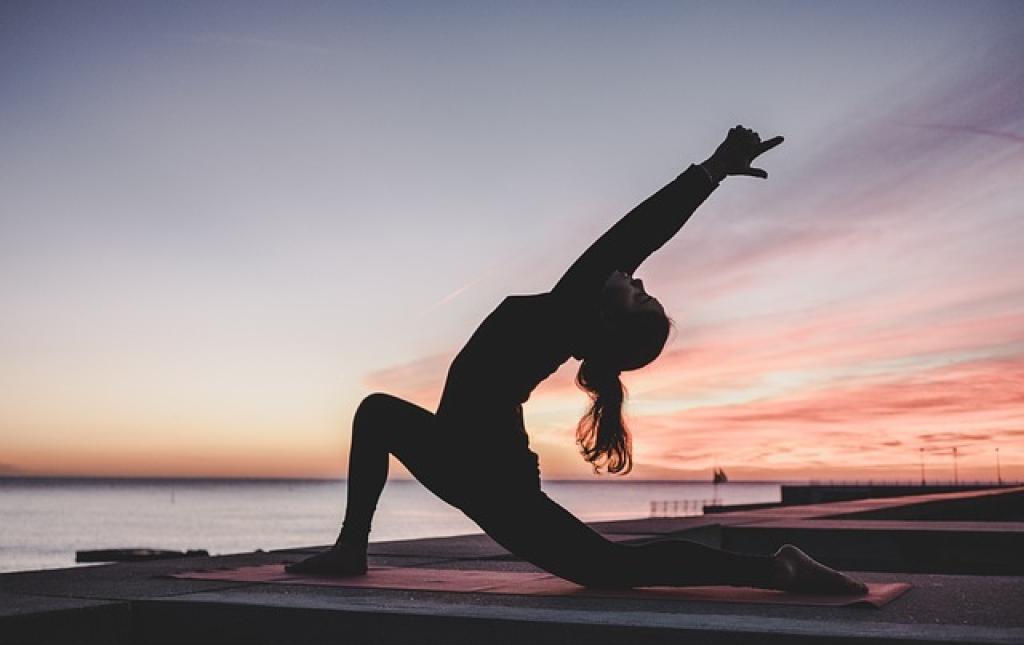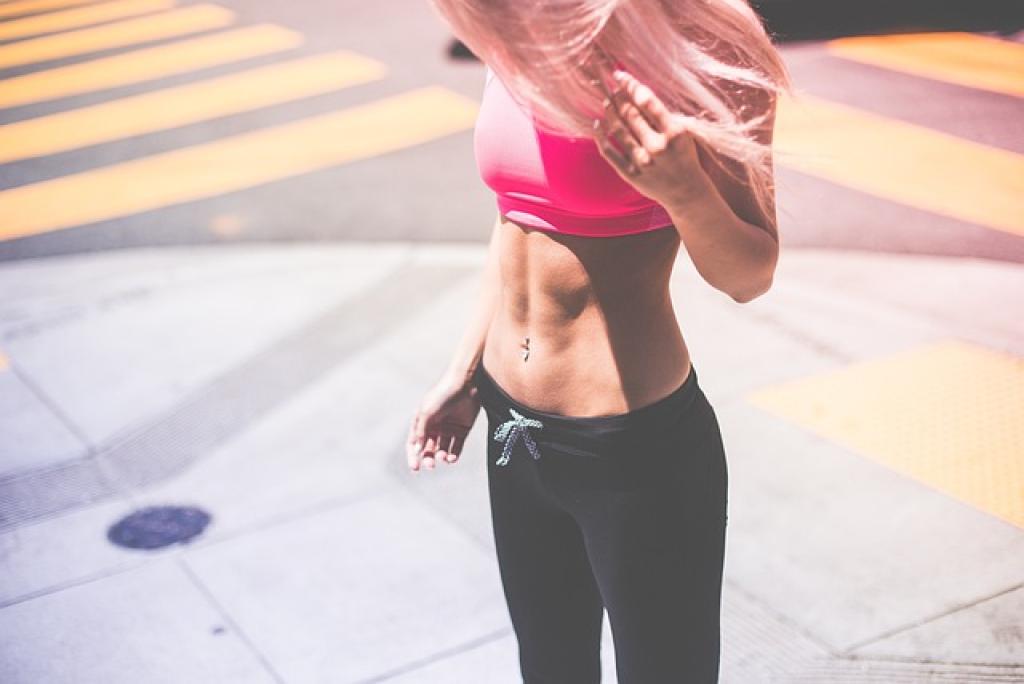Stepping into your fifties marks a fantastic opportunity to invest in your health with renewed focus and energy. Staying active is crucial, but as our bodies change, so do our exercise needs. Choosing the right equipment can make all the difference, ensuring that workouts are not only effective but also enjoyable and safe.
Whether you’re new to fitness or a seasoned enthusiast, understanding what equipment best suits your body’s requirements is key. With the right tools, you can enhance mobility, increase strength, and boost cardiovascular health—all while maintaining joint safety.
In this guide, we’ll explore a variety of exercise equipment that’s perfect for anyone in their fifties. From user-friendly gadgets to versatile machines, discover what can help keep you moving, motivated, and feeling your best. Let’s embrace this vibrant chapter with confidence and take steps towards a healthier future!
The Benefits of Low-Impact Exercise
Low-impact exercise is a fantastic choice for those in their fifties, as it reduces the strain on your joints while still offering a plethora of health benefits. Unlike high-impact workouts that involve jumping or rapid, jarring movements, low-impact exercises are gentle yet effective.
These types of exercises support improved cardiovascular health, helping to keep your heart strong and efficient. Additionally, they increase muscle strength and endurance, which are essential for maintaining balance and stability as you age.
Not only does low-impact exercise help manage weight and increase energy levels, but it also alleviates stress. Engaging in activities like swimming, cycling, or gentle yoga can foster both physical and mental well-being, creating a harmonious balance between body and mind.
And with that in mind, regular low-impact exercise can assist in preventing age-related conditions such as osteoporosis and arthritis, contributing to a higher quality of life. Embracing these activities can help you stay active, vibrant, and ready to enjoy all the adventures this exciting phase of life has to offer.
Choosing the Right Cardio Equipment for Joint Health
When prioritizing joint health, selecting the right cardio equipment is crucial. The goal is to support fitness without putting undue stress on your knees, hips, or ankles.
Elliptical machines are a great option, providing a smooth, gliding motion that mimics walking or running without the impact. They engage multiple muscle groups, enhancing cardiovascular fitness while being gentle on the joints.
Recumbent bikes offer another joint-friendly choice. With reclined seating, they provide excellent back support and distribute your body weight evenly, reducing pressure on your knees and hips. This makes cycling a comfortable and effective way to boost heart health and leg strength.
Treadmills can also be a suitable option if used wisely. Opt for those with cushioned decks to absorb impact, and choose walking or light jogging over running if joint discomfort is a concern. Walking remains one of the most natural and accessible forms of exercise.
Stair climbers or step machines can be beneficial, too, by offering a cardio workout that mimics stair climbing but with adjustable resistance and minimal joint strain. Selecting equipment that’s kind to your joints ensures you stay active and healthy while protecting the longevity of your body.

Strength Training for Muscular Health
Strength training is a central pillar of health, particularly as we age. Building and maintaining muscle mass not only enhances physical strength but also supports bone density and boosts metabolism, contributing to overall vitality.
Free weights, such as dumbbells and kettlebells, are versatile tools that can be easily adapted for various exercises to target all major muscle groups. They offer the flexibility to perform movements at your own pace, allowing for focused strengthening without overexertion.
Resistance bands are another excellent option. Lightweight and portable, they provide varying levels of resistance that can be adjusted to match your fitness level. They’re especially useful for joint-friendly exercises, promoting gradual muscle strengthening.
Weight machines in the gym can also be beneficial, providing guided motion and added support to help maintain proper form. They’re a great way to safely increase strength, especially for beginners.
Bodyweight exercises remain a timeless method for building strength. Whether it’s push-ups, squats, or planks, they require no equipment and can be modified as needed. Prioritizing muscular health through strength training lays a strong foundation, enhancing everyday functionality and resilience.
The Importance of Balance and Stability in Workouts
Balance and stability are crucial components of fitness that often become more challenging with age. Enhancing these elements can improve mobility, prevent falls, and contribute to greater confidence in everyday movements.
Incorporating exercises that focus on balance and stability can be simple yet highly effective. Tools like balance boards and stability balls engage core muscles and help improve coordination. These exercises force your body to make small adjustments, enhancing proprioception, or your body’s ability to sense its position in space.
Yoga and tai chi are wonderful practices for cultivating balance and stability. They promote mindful movement, enhance flexibility, and strengthen muscles, all while focusing on breathing and mental clarity.
Single-leg exercises, such as lunges or standing on one foot, are also excellent for building stability. They can be modified to suit your comfort level and progressively increase the challenge as your balance improves.
Developing balance and stability is not just about specific exercises; it’s about creating a well-rounded fitness routine. By prioritizing these aspects, you lay the groundwork for a more active and secure lifestyle, helping you to move confidently with ease.
Maintaining Flexibility with the Proper Equipment
Flexibility is a cornerstone of physical health, enhancing your range of motion and reducing the risk of injury. As we age, maintaining flexibility becomes even more important for daily activities and overall well-being.
Incorporating equipment like foam rollers into your routine can be a game-changer. These tools are perfect for myofascial release, helping to relieve muscle tension and improve circulation. Regular use can increase your flexibility and aid in faster recovery after workouts.
Stretching Straps and Bands
Stretching straps or bands offer another simple yet effective way to enhance flexibility. They provide assistance in reaching deeper stretches safely, allowing you to gradually increase your flexibility over time. They are especially beneficial for targeting hard-to-reach areas, like hamstrings and shoulders.
Yoga mats are also essential for fostering flexibility. Whether you’re following a yoga routine or doing simple stretches, a comfortable and supportive mat can make all the difference. It provides a stable base, allowing you to fully focus on your stretching exercises.
Integrating these tools into your fitness routine helps support a supple and agile body, encouraging ease of movement and a higher quality of life. Embrace these resources to stay limber, active, and ready for all that life has to offer.
The Bottom Line: Tailoring Your Exercise Routine to Your Age
As we navigate through our fifties, embracing the right exercise equipment and techniques becomes pivotal in maintaining our health and vitality. It’s not just about staying active; it’s about being smart in how we approach our fitness routine to align with our evolving bodies.
Understanding the importance of proper equipment choices greatly benefits our joint health. By selecting the right cardio machines, we safeguard our mobility while boosting cardiovascular wellness. Alongside this, committing to strength training fortifies our muscles and bones, playing a crucial role in our long-term physical resilience.
Additionally, integrating balance and stability exercises strengthens our core and enhances coordination, essential factors in daily life activities. Meanwhile, cultivating flexibility with the aid of supportive equipment helps ensure that our bodies remain agile and adaptable to various movements.
Tailoring your exercise routine to fit your age is not about restriction, but about empowerment. It’s about making informed choices that benefit your overall well-being, allowing you to enjoy life to the fullest with a strong, capable body.
By investing in the right exercise equipment and embracing a holistic approach to fitness, you are building a foundation for a vibrant and healthy future. Remember, it’s never too late to start or adjust your fitness journey to suit your needs. The key is consistency and listening to your body, making adjustments along the way that keep you feeling your best. So, gear up, get moving, and relish this exciting chapter of life with confidence and zest!

No responses yet